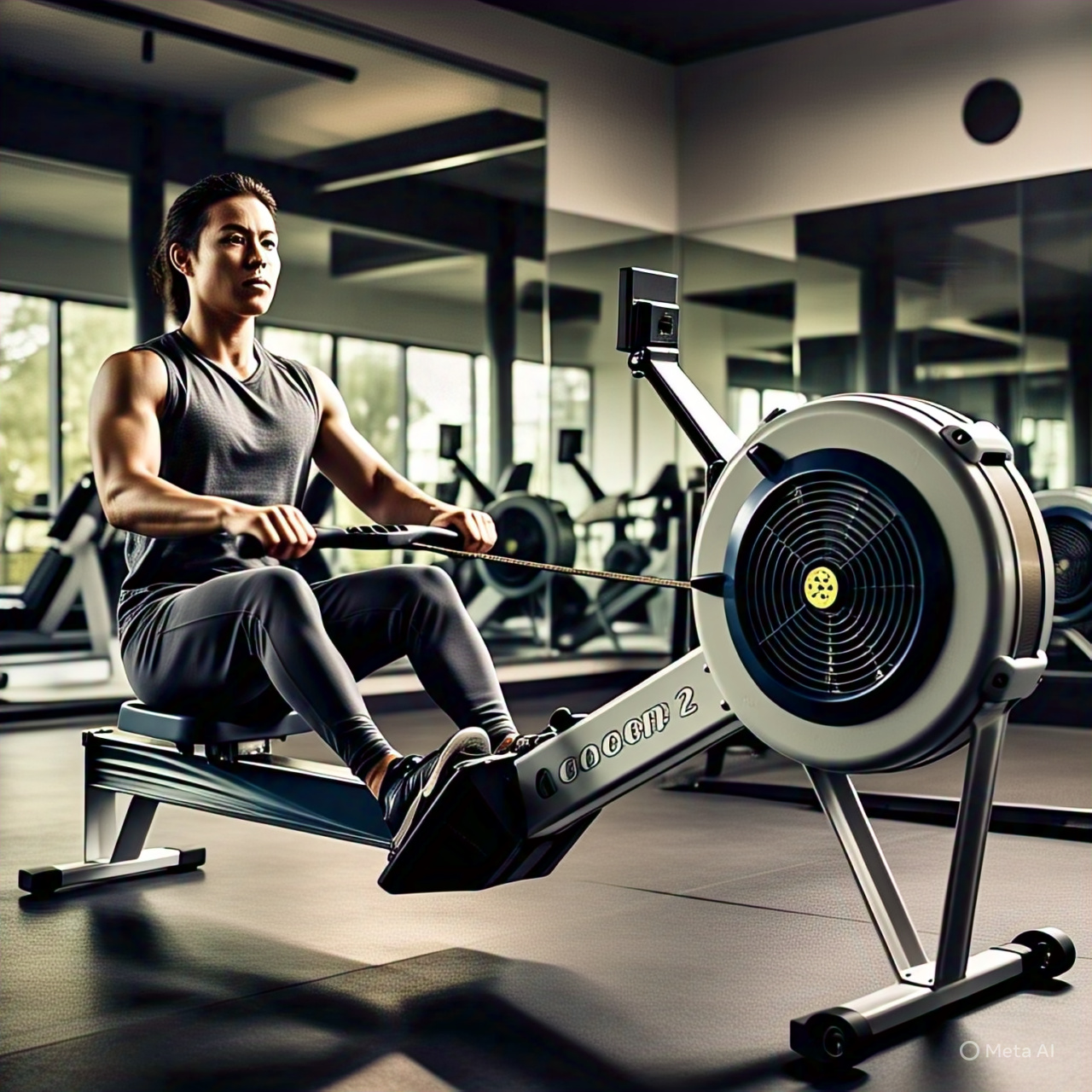When it comes to cardiovascular workouts, various equipment options are available in gyms and homes alike. Among these, rowing machines, treadmills, and stationary bikes are popular choices. Each piece of equipment has its unique benefits and drawbacks, which are important to consider when selecting the best option for individual fitness goals. This essay evaluates the effectiveness of rowing machines compared to treadmills and stationary bikes in achieving overall fitness.
Cardiovascular and Muscular Engagement
One of the primary measures of fitness equipment effectiveness is its ability to engage multiple muscle groups while also providing cardiovascular benefits. Rowing machines excel in this category by offering a full-body workout. As the user rows, they utilize not only their legs, but also their core, back, and arms. This simultaneous engagement allows for a balanced workout that builds strength and cardiovascular endurance. Studies indicate that rowing can burn between 400 to 600 calories per hour, depending on the intensity, making it an efficient choice for weight loss and cardiovascular fitness.
In contrast, treadmills mainly focus on lower body strength and cardiovascular health. While they do provide an excellent cardio workout, they engage the upper body less, which may limit overall muscle conditioning. On average, a person can expect to burn approximately 300 to 500 calories per hour on a treadmill, depending on pace and incline. However, treadmill running may lead to repetitive strain injuries, particularly in the knees, due to the impact nature of the exercise.
Stationary bikes, on the other hand, also focus primarily on lower body muscles. Though cycling is effective for cardiovascular endurance and can be lower impact than running on a treadmill, it does not effectively engage core or upper body muscles to the same degree as rowing. Cyclists typically burn around 200 to 400 calories per hour, following various intensities. In the long term, cyclists may miss the benefits of strength building in upper body muscles, which rowing provides.
Versatility and User Engagement
Another key factor to consider is the versatility and user engagement of each equipment type. Rowing machines often come with adjustable resistance settings and can cater to various workout styles, such as high-intensity interval training (HIIT) or steady-state rowing. This adaptability can keep workouts fresh and engaging, potentially increasing adherence to fitness routines.
Treadmills also offer versatile workout options, including incline and speed variations, as well as preset programs catering to different fitness levels. However, the repetitive motion of running can become monotonous over time, which may discourage long-term engagement.
Conversely, stationary bikes, especially spin bikes, often come with various programs and virtual classes that can enhance user engagement. However, the fixed position may become uncomfortable for some users, limiting workout duration and engagement.
Space and Accessibility
Space and accessibility play crucial roles in the effectiveness of fitness equipment. Rowing machines tend to have a larger footprint compared to traditional treadmills and stationary bikes, which can be a disadvantage in smaller home gyms. However, many rowing machines are designed to be foldable, saving space when not in use.
Treadmills are less portable, often requiring more dedicated space due to their size and the need for a sturdy foundation. However, they have become increasingly popular in home gyms and can be found in various designs catering to space limitations.
Stationary bikes, especially foldable models, are generally more compact and can fit into smaller spaces. They are also easier to store after use, making them an appealing choice for those with limited space.
Final Thoughts
When evaluating rowing machines against treadmills and stationary bikes for overall fitness, it becomes clear that each option has distinct advantages. Rowing machines provide a full-body workout that enhances both muscular strength and cardiovascular endurance, making them an excellent choice for those seeking a comprehensive fitness regimen. Treadmills offer versatility and are effective for lower body conditioning, while stationary bikes excel in providing a low-impact cardiovascular workout.
Ultimately, the best choice depends on individual fitness goals, preferences, and space considerations. For those looking to engage multiple muscle groups and enjoy a thorough cardio workout, rowing machines may be the ideal option. Conversely, if the primary goals are lower body strength and convenience, treadmills and stationary bikes may be more suitable. As always, the most effective exercise regimen is the one that individuals can consistently engage with, making personal preference a significant factor in any fitness journey.
Recommendation
We highly recommend the MERACH NovaRow R50 rowing machine for anyone looking to enhance their home fitness routine. This sleek and stylish rowing machine boasts a sturdy construction and an impressive range of resistance levels, making it suitable for users of all fitness levels. Its smooth gliding motion provides an effective full-body workout while minimizing the impact on your joints. The NovaRow R50 also features a user-friendly digital monitor that tracks key metrics such as time, distance, strokes per minute, and calories burned, helping you stay motivated and track your progress. With its compact design and easy storage capabilities, the NovaRow R50 is an excellent investment for those seeking a versatile and efficient way to stay in shape.







